For nearly six decades, Asterix comics have charmed readers worldwide with their humor, wit, and captivating tales of adventure set in ancient Gaul. Created by the duo René Goscinny and Albert Uderzo in 1959, the adventures of Asterix the Gaul and his indomitable village have become an integral part of comic book history. In this article, we explore the rich history, cultural significance, and enduring popularity of Asterix comics.
The Birth of Asterix
Asterix made his debut in the French magazine “Pilote” on October 29, 1959, in a story titled “Asterix the Gaul.” The creators, René Goscinny (writer) and Albert Uderzo (illustrator), conceived the character as a humorous take on the indomitable spirit of the Gauls during the Roman occupation. Asterix, a diminutive but incredibly strong warrior, was a contrast to the stereotypical brawny hero, making him instantly relatable and endearing to readers.
The Gaulish Village and Its Inhabitants
At the heart of the Asterix comics is the Gaulish village of indomitable warriors, situated in Armorica (modern-day Brittany). This tiny village stands as the last bastion of Gaulish resistance against the mighty Roman Empire. The villagers’ collective resistance and their secret weapon, a magic potion brewed by the village druid Getafix, grant them superhuman strength for a short time. Other key characters include:
- Obelix: Asterix’s loyal and bumbling friend, known for his love of menhirs (large standing stones) and his accidental consumption of the magic potion, which permanently endowed him with superhuman strength.
- Chief Vitalstatistix: The rotund and pompous chieftain of the village who often oscillates between pride and insecurity.
- Getafix: The village druid responsible for brewing the magic potion and providing sage advice to the villagers.
- Cacofonix: The tone-deaf bard whose singing is unbearable to the villagers, often leading to his comical capture during feasts.
- Julius Caesar: The Roman dictator who serves as the principal antagonist, continually frustrated by the indomitable Gauls.
Key elements of Asterix Comics
- Humor: The series is renowned for its clever wordplay, puns, and satirical humor. Many characters have names that are clever linguistic jokes, and the stories often parody historical events and figures.
- Magic Potion: The village druid, Getafix (known as Panoramix in the original French version), brews a magic potion that temporarily grants superhuman strength to those who drink it. This potion plays a significant role in the characters’ ability to resist the Romans.
- Village Characters: The comics feature a colorful cast of characters from the Gaulish village, each with their own unique quirks and personalities. Notable characters include Chief Vitalstatistix (Abraracourcix), Cacofonix the bard (Assurancetourix), and many others.
- Historical References: While the comics are set in a fictionalized version of ancient Gaul, they often incorporate historical references and satire, poking fun at various aspects of history and culture.
- Adventure: Each story typically involves a new adventure or mission for Asterix and Obelix, which often takes them to different regions of the ancient world, including Egypt, Britain, and Rome itself.
The “Asterix” comics have been translated into numerous languages and have a global following. They have also been adapted into animated films, video games, and various merchandise. The series is celebrated for its timeless humor and appeal to readers of all ages, making it a classic in the world of comics and literature. Even after the passing of its creators, the series continues with new authors and artists, maintaining its enduring popularity.
Cultural Significance
Asterix comics are more than just entertaining stories; they serve as a reflection of French culture, humor, and history. The comics’ humor and satire often touch on political and social issues, making them appealing to readers of all ages. Asterix has also become a symbol of French national identity, representing the resilience and humor of the French spirit.
The comics’ linguistic wordplay and puns are an integral part of their charm. Translators face the formidable task of capturing the wit and humor in multiple languages, making Asterix comics a global phenomenon.
Enduring Legacy of Asterix Comics
Following the passing of René Goscinny in 1977, Albert Uderzo continued the series as both writer and illustrator until he retired in 2009. The Asterix legacy has since been carried forward by a new creative team, ensuring that the adventures of the Gaulish duo remain fresh and relevant to new generations of readers.
The appeal of Asterix comics extends far beyond France. The series has been translated into over 100 languages and has sold millions of copies worldwide. Numerous animated films, video games, and merchandise have expanded the reach of the beloved characters.
Asterix comics have secured their place in the pantheon of timeless comic book classics. Through their humor, clever storytelling, and endearing characters, they have become an integral part of global popular culture. The adventures of Asterix and Obelix continue to inspire readers of all ages, reminding us of the enduring power of camaraderie, resistance, and the indomitable Gaulish spirit in the face of adversity. As long as there are readers in search of laughter and adventure, the legacy of Asterix will remain undiminished for generations to come.



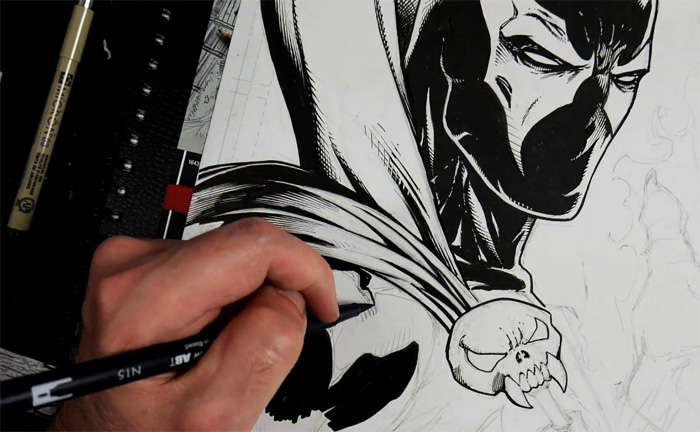

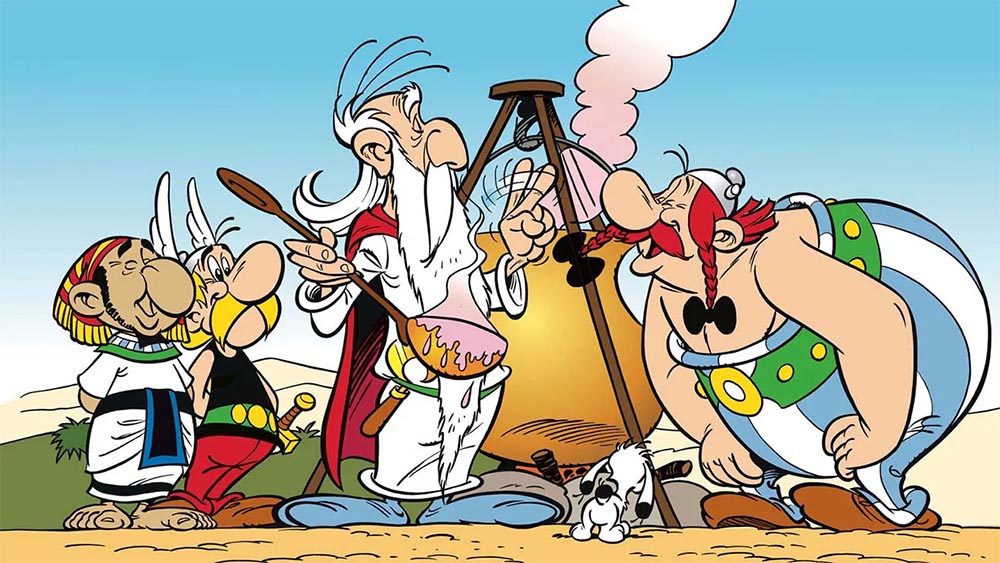

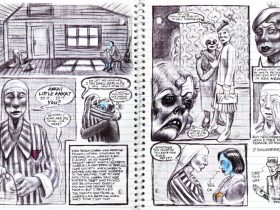
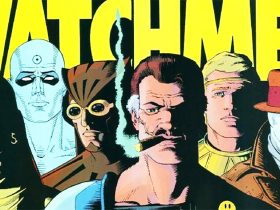
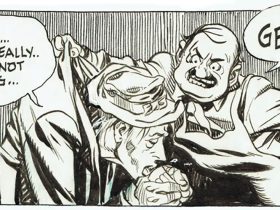
Leave a Reply